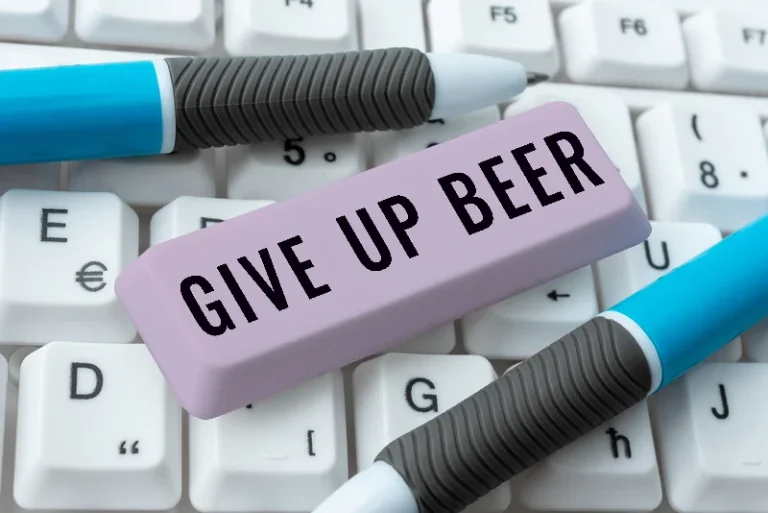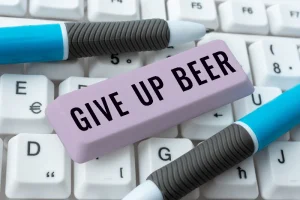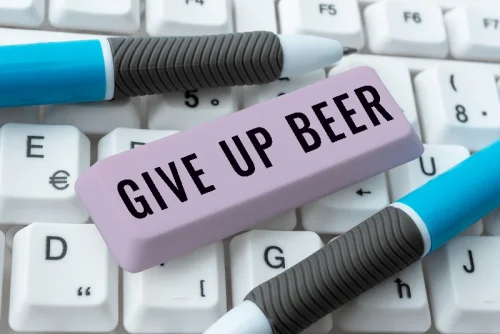Peer Pressure: Strategies to Help Teens Handle it Effectively

It’s like a dress rehearsal for real-life situations, allowing kids to practice and fine-tune their responses in a safe, controlled environment. By acting out scenarios where they might encounter peer pressure, children can explore different ways to say “no” or make decisions that align with their values (Ashton, 2016). During middle and secondary school years, students begin to form their individual identity. As a natural result of expanding knowledge and understanding, students begin to look for acceptance and recognition from their friends and peers, called reference groups. When a student’s self-esteem is being formed, these groups are what they use to answer questions about themselves.

What are the effects of social media on peer pressure?
Seeking professional support goes beyond normalising – it can unearth root causes behind sensitive topics that peers may unconsciously prey upon. As a college student, recognising when you might benefit from different types of therapy is crucial for your overall well-being. Amanda Berkey is a Pennsylvania-based writer and reporter with an M.S.Ed. With 17 years of experience in education, she has taken on diverse roles in teaching, coaching, and administration.
Build self-esteem
A therapist can often help you pinpoint triggers for stress and teach you effective coping strategies. Positive social connections are also an important part of mental wellness. It can be easy for homework and school activities to take over a schedule, so it can be important to make time for family and friends. Alicia Betz, a 10th-grade English teacher in Pennsylvania, noticed a change in one of her students after his friends encouraged him to begin participating in school sports. Thankfully, research also shows that positive peer pressure can be a good thing for teens, according to a 2011 study at Harvard University. Being aware of, and carefully choosing the influence of peers that will lead to healthy and happy experiences is a lifelong process.

Resources for students
Peers can pressure kids to sneak out of the house, cut school, drive without a license (or ride with an underage driver), steal, vandalize property, and cheat. Tell your child they can blame you if they need to get out of a bad situation. Give your child a special code word to say or text you if they can’t get out of a situation on their own.

Emphasize your family values and work to provide a safe and secure environment for your child. As you go through school, it’s important to consider which behaviours match your values, and stand your ground if you feel pressurised to behave differently. Being true to yourself means sticking up for what you believe in.
Important Information for Teachers

It can impact their self-esteem, mental health, behaviors, the activities they enjoy, academics, and more. Kids often look to their parents or caregivers for cues on how to handle difficult situations, and peer pressure is no exception. So, one of the most effective ways to guide them is to demonstrate positive decision-making in your own life. Setting boundaries is crucial for children as it provides them with a clear understanding of what is acceptable and what is not. By establishing these rules and expectations, you’re helping your child make informed choices and reducing the ambiguity that can make peer pressure so challenging. Have you heard the old joke about the patient who tells the doctor, “Doc, my arm hurts when I do this!
- Sticking to the rules in any school can be hard, particularly if you don’t really understand why they’re there in the first place.
- As a parent, you can help your child deal with peer pressure and make good choices at every age and stage.
- However, make sure you circle back to your child and address their questions and needs.
- Take time to reflect on your values and priorities, such as your education, family, or personal goals.
- Another reason teens may be more vulnerable to peer pressure is the natural desire for social acceptance.
Learning how to handle peer pressure empowers children to make independent decisions, build resilience, and develop healthy self-esteem. This skill is essential because it helps them stay true to their authentic selves and make choices that align with their beliefs and aspirations. which of the following is a type of indirect peer pressure? Here are nine things you can do to help your kids grow from the challenges of peer pressure.
